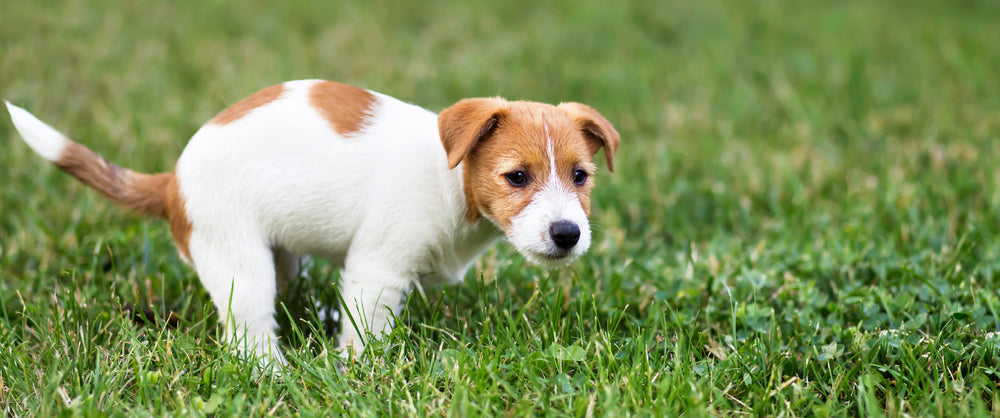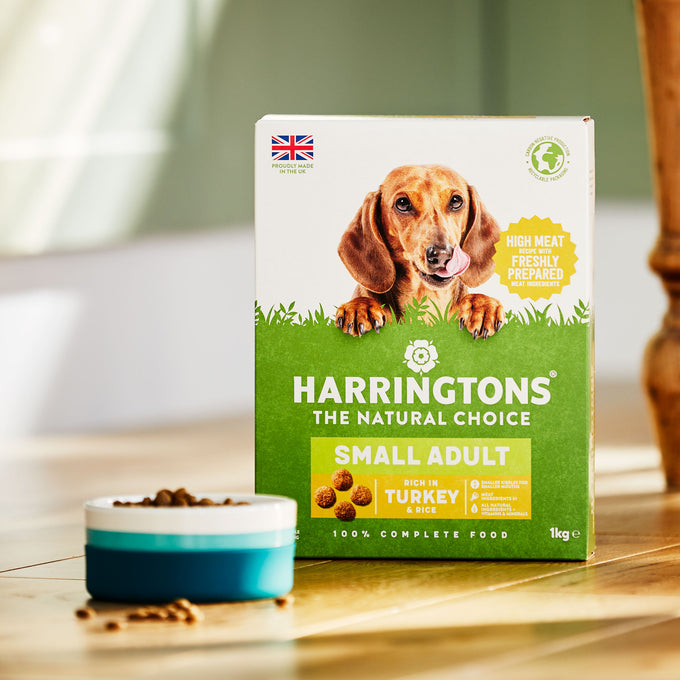If you’re a new puppy owner, you’ve probably already dealt with your fair share of smelly shenanigans — it just comes with the territory.
But what is your dog’s doo telling you? It can actually be a fascinating insight into their general health and wellbeing. Below, we’ll explore what your puppy’s stools might mean, how to spot a healthy one and the reason behind any poop peculiarities.

A healthy dog poop will have a chocolatey brown colour and be a compact, log shape with plenty of integrity. This is your puppy’s poop essentially saying ‘nothing to worry about here’. As well as being slightly moist, a healthy poo will keep shape when picked up.
If this sounds like you’re pooch’s poo, just scoop up and continue as you were…
Unfortunately, stools are not always a healthy brown.
A distinctly green tinge most likely indicates that they’ve been chowing down on a bit too much greenery. A biliary or liver issue might be to blame if the stool has a yellow-to-orange colour, whilst a black poo usually indicates some upper GI problem.
Red streaks are a sign of blood, meaning a vet should be consulted, with grey stools indicating a potential pancreas problem. Watch out in particular for poop with white, rice-like spots in it — this is a classic sign of tapeworms.
If one of these applies to your dog, it’s worth consulting your vet.

My pup’s poop: what about consistency, frequency and size?
As we mentioned, a good dog poo will usually be chocolatey-brown, log shaped, of a compact consistency and keep its shape when picked up.
If it’s runny or watery, they might have eaten something which is causing them a spot of intestinal trouble. If it’s on the dry, hard and pebbly side, they could be suffering from constipation or be dehydrated. As ever, consult your vet immediately if this sudden change becomes a consistent problem!
In terms of how often they go, it’s completely dog-dependent — some enjoy a once-a-day dump, whereas others can feel the urge multiple times. The key is to look out for unusual changes.
If you think your dog is producing a rather large volume of poo considering its size, it might be that they’re being overfed, or they’re not extracting all the nutrients from the food. Choosing a wholesome, natural and complete dog food will suit them down to the ground and minimise this risk.
If they’re very small compared to normal, they could be experiencing a loss of appetite or a digestive blockage. As ever, your vet will be able to advise here.
Concerned about your doggy’s dung?
The key is to look out for unusual changes: deviance from a compact, moist, chocolate brown log shape might mean trouble.
If you think there might be something suspect relating to your puppy’s poop, don’t hesitate to get in touch with your vet. They’ll be able to get right to the bottom of what’s causing any turd troubles!

